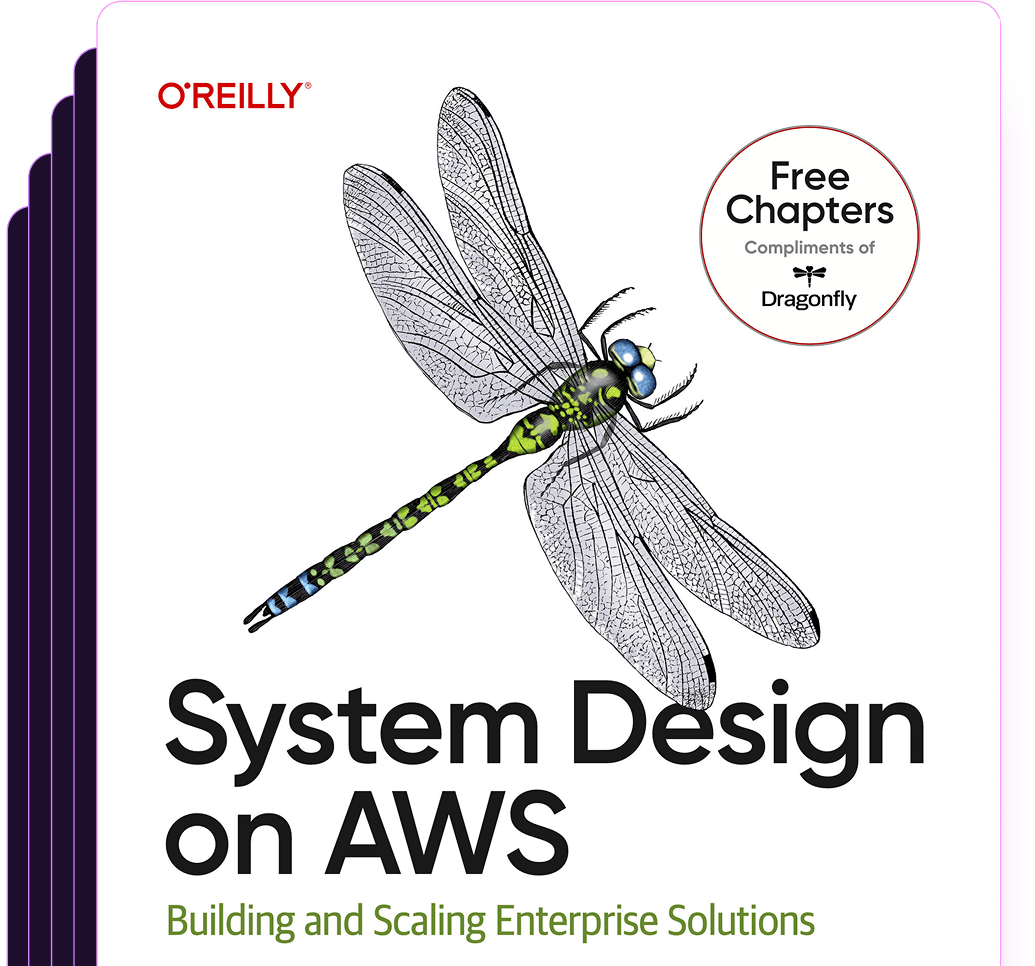Question: What is the difference between a MongoDB cluster and a collection?
Answer
Mongodb is a popular NoSQL database that organizes data in a flexible, JSON-like format. Understanding its architecture, including clusters and collections, is crucial for optimal database management and design.
MongoDB Cluster
A MongoDB Cluster refers to a group of MongoDB servers operating together to provide redundancy and high availability. Clusters are part of MongoDB's distributed system architecture, enabling features like replication (through Replica Sets) and horizontal scaling (via Sharding).
- Replica Sets: A replica set consists of two or more copies of the same data. One node is the primary node that receives all write operations. The other nodes, secondary replicas, replicate the primary's data, providing redundancy and increasing data availability.
- Sharding: Sharding distributes data across multiple machines. It addresses the challenge of scaling out by partitioning data into smaller, more manageable pieces called shards, each holding a subset of the data.
MongoDB Collection
A MongoDB Collection is akin to a table in relational databases but without a strict schema constraint. Collections hold sets of documents (records) where each document is a BSON object resembling a JSON object. Collections are the primary means through which data is organized and stored in MongoDB.
// Example: Inserting a document into a collection named 'users'
db.users.insertOne({
name: "John Doe",
email: "john@example.com",
age: 30
});Key Differences
- Purpose and Functionality: Clusters are about the overall arrangement and scalability of the MongoDB environment, focusing on data distribution and availability. Collections, however, are concerned with data storage and organization within a single database instance.
- Components: Clusters involve multiple machines (servers) or instances working together. Collections exist within a single MongoDB database and act as containers for storing related documents.
- Usage Scenario: Use clusters when you need to scale your application, ensure high availability, or distribute your database geographically. Use collections to organize and manage your data logically within a database.
Understanding both clusters and collections and their roles within MongoDB's ecosystem is essential for designing efficient, scalable, and robust applications.
Was this content helpful?
Help us improve by giving us your feedback.
Other Common MongoDB Performance Questions (and Answers)
- How to improve MongoDB query performance?
- How to check MongoDB replication status?
- How do you connect to a MongoDB cluster?
- How do you clear the cache in MongoDB?
- How many connections can MongoDB handle?
- How does MongoDB sharding work?
- How to check MongoDB cluster status?
- How to change a MongoDB cluster password?
- How to create a MongoDB cluster?
- How to restart a MongoDB cluster?
- How do I reset my MongoDB cluster password?
- How does the $in operator affect performance in MongoDB?
Free System Design on AWS E-Book
Download this early release of O'Reilly's latest cloud infrastructure e-book: System Design on AWS.

Switch & save up to 80%
Dragonfly is fully compatible with the Redis ecosystem and requires no code changes to implement. Instantly experience up to a 25X boost in performance and 80% reduction in cost